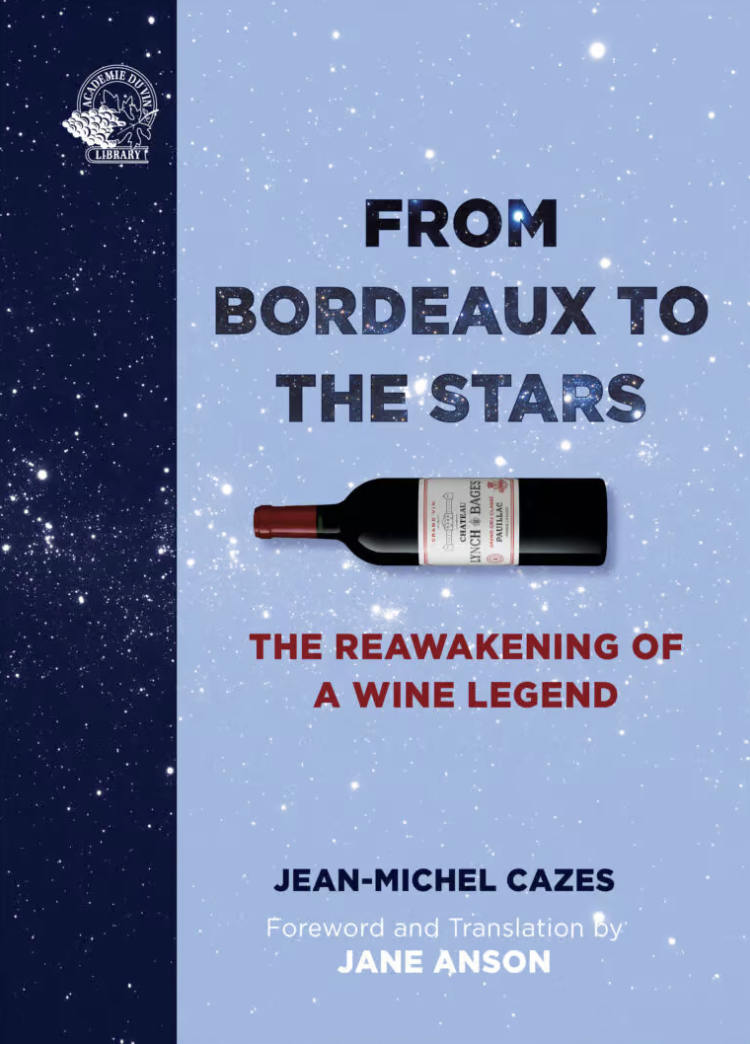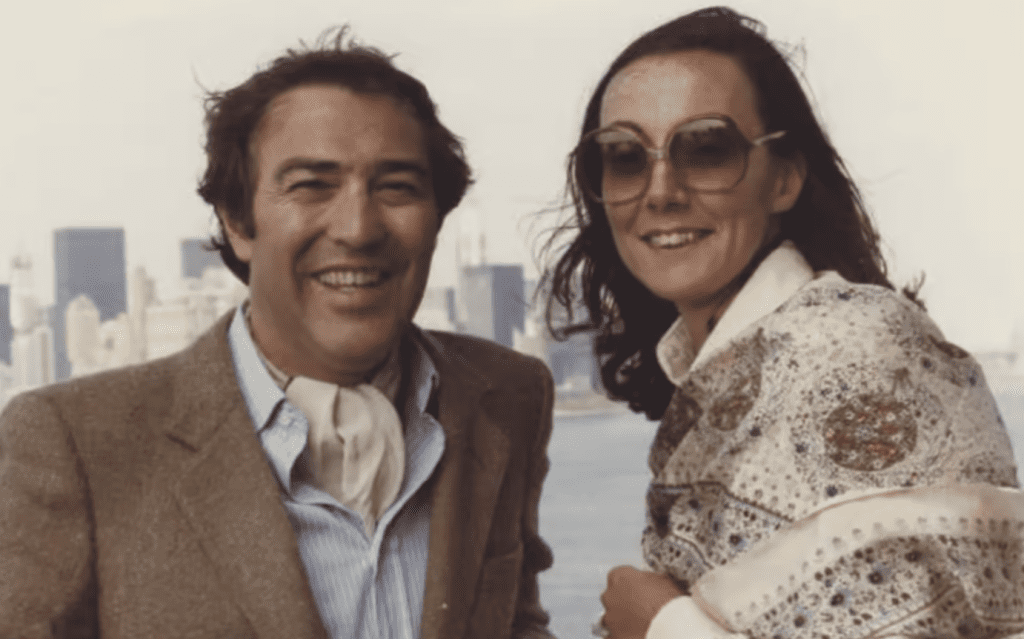Jane Anson marvels at the memoir of Bordeaux legend Jean-Michel Cazes, From Bordeaux to the Stars: The Reawakening of a Wine Legend, which she translated into English, with this piece written before his passing in June.
One of the most dog-eared books on my shelves is a two-volume, closely typed history of the Médoc vineyards from the Middle Ages to the mid-20th century. Written by French geography professor René Pijassou in 1980, it is a major contribution to Bordeaux history that is still not particularly well known, as it was published as a thesis with only a limited number of copies.
My copy was given to me by Jean-Michel Cazes, during one of our first meetings, in his offices at Château Lynch-Bages. He barely knew me at the time, but told me: “You are here to write about Bordeaux, so you should read this book.”
It was obvious then that this was a kind and generous gesture – but today I know just how typical it was of a man who has spent much of his professional life welcoming wine lovers into the world of Bordeaux. I was back in his office recently and saw a small collection of the Pijassou books on the top shelf of his bookcase. Waiting, I like to imagine, to help the next person get hooked on the
beauty of these wines.
His own autobiography will achieve much the same result, but without the dry academic text. Instead, these pages are full of insider stories and personal histories told with warmth, humour and honesty. You’ll learn about the impact of an Allied bombing raid on Pauillac towards the end of World War II, when Jean-Michel’s mother hid in a shelter in her friend’s garden, while Jean-Michel and his sister Jacqueline (‘Jacott’) sat on a wall in their garden a few kilometers away to watch the local oil refinery burning, creating a ‘fireworks display’ for the two young children. And about the poverty of the postwar years, when it was impossible to earn a living from a wine estate alone, and when Jean-Michel’s father tried to persuade him to stay away from the industry, meeting him in Paris to discuss selling Lynch-Bages, and replying, “You’re crazy!” when he tentatively suggested moving back to Pauillac to keep the estate in the family.
Later, we follow him to the United States in the 1970s and 1980s, then to Hong Kong, Shanghai and Beijing in the early 1990s, as Bordeaux wines gain ground globally. He meets with legendary characters from Robert Mondavi to Vincent Cheung and Johnny Chan, and heads to a wine fair in 1993 Beijing where he tells us, “red wine makes people grimace… Sauternes is better received”. He leaves China at the time believing Bordeaux will manage to sell a few bottles of sweet wine, “but for the reds there is no significant market”.
Unlike many of the aristocratic owners of the great châteaux of the Médoc, the Cazes family emigrated to the region in 1875 from the Ariège region of southwest France, after spending decades as seasonal workers around Pauillac during the winter months, as was typical for migrant workers at the time. In many ways this makes them the perfect owners of this 1855 Fifth Growth, as Lynch Bages was created not by a Parisian banker or industrialist, but by local Pauillac merchants and notaries from the Déjean family. They slowly bought plots of high-quality land around the small hamlet of Bages, and planted the first vines here in the 17th century, constructing an estate that would be handed over to Irishman Michel Lynch, who also spent much of his life in Pauillac on the land he loved. Jean-Michel Cazes has followed in this tradition, and is still one of the few owners of a classified estate who lives full-time on the property, and has done so since he moved back to the area on 13th July 1973, as we find out in the opening pages of the book.
It’s a tradition now carried on by his son, Jean-Charles Cazes, the latest generation of a family that has grown Lynch-Bages from a scattered collection of farm buildings in the early years of the 20th century to today’s stunning architectural treasure – and has, in 1985, literally seen it sent into space, on the STS-51-G Discovery rocket alongside French astronaut Patrick Baudry.
The memoir offers a front row seat on more than wine, as Jean-Michel spent his early career in Paris, part of a team at IBM that built and sold the first personal computers into businesses worldwide. It was a time when the word informatique (computer science) was invented and entered into the dictionary of the French academy in 1966, and the job took him over to the United States, as well as placing him in Paris during the time of the 1968 student uprisings.
 We should all be grateful that Jean-Michel Cazes has shared with us these memories of a life well lived, alongside a family that is both rooted in Bordeaux and yet open and welcoming to the rest of the world. His recounting of his life is a rare treat, inviting us both into his world and into the rich tapestry of 20th-century wine history. Both prove to be never less than entertaining.
We should all be grateful that Jean-Michel Cazes has shared with us these memories of a life well lived, alongside a family that is both rooted in Bordeaux and yet open and welcoming to the rest of the world. His recounting of his life is a rare treat, inviting us both into his world and into the rich tapestry of 20th-century wine history. Both prove to be never less than entertaining.
From Bordeaux to the stars: the reawakening of a wine legend by Jean-Michel Cazes is available at Academie du Vin Library

